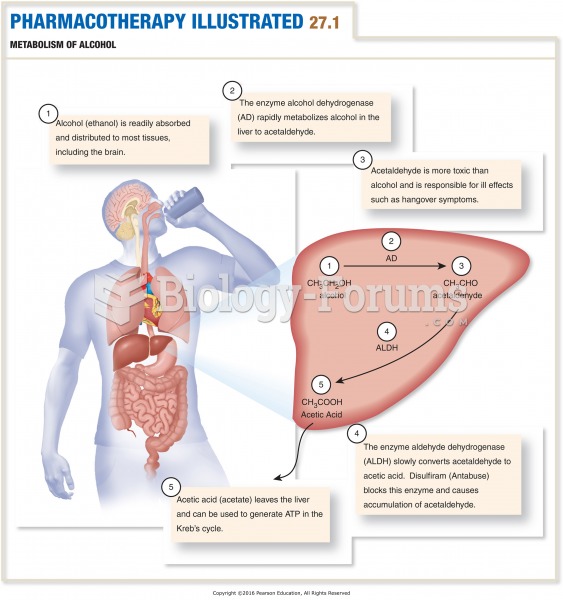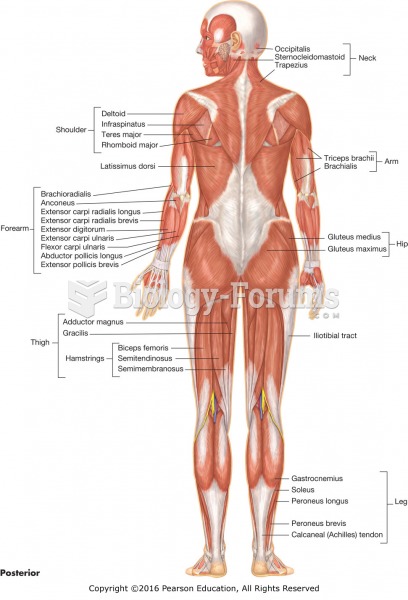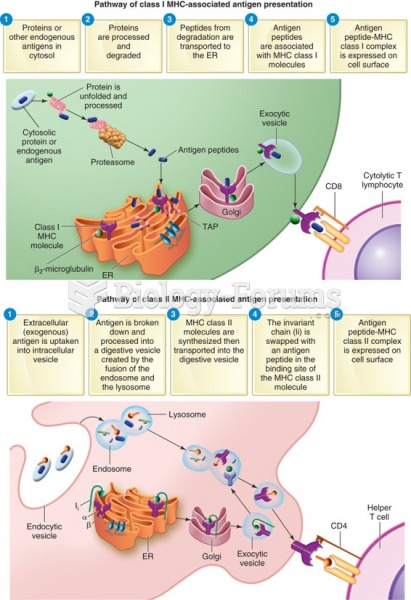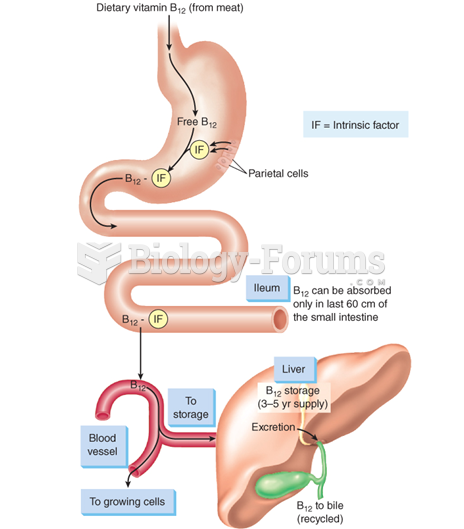Answer to Question 1
Aerobic reactions require oxygen; anaerobic reactions do not.
When the body needs energy quicklyas occurs when you run a quarter mile as fast as you canpyruvate is converted to lactate. The breakdown of glucose-to-pyruvate-to-lactate proceeds without oxygenit is anaerobic. This anaerobic pathway yields energy quickly, but it cannot be sustained for longa couple of minutes at most.
When energy expenditure proceeds at a slower paceas occurs when you jog around the track for an hourpyruvate breaks down to acetyl CoA in an aerobic pathway. Aerobic pathways produce energy more slowly, but because they can be sustained for a long time, their total energy yield is greater.
Answer to Question 2
During a fast, the need for glucose poses a major problem. The body can use its stores of fat, which may be quite generous, to furnish most of its cells with energy, but the red blood cells are completely dependent on glucose, and the brain and nerves prefer energy in the form of glucose. Amino acids that yield pyruvate can be used for gluconeogenesisthe making of glucose from noncarbohydrate sources. The liver is the major site of gluconeogenesis, but the kidneys become increasingly involved under certain circumstances, such as starvation.
The glycerol portion of a triglyceride and most amino acids can be used to make glucose. To obtain the amino acids, body proteins must be broken down. For this reason, protein tissues such as muscle and liver always break down to some extent during fasting. The amino acids that cannot be used to make glucose are used as an energy source for other body cells.
The breakdown of body protein is an expensive way to obtain glucose. In the first few days of a fast, body protein provides about 90 percent of the needed glucose; glycerol, about 10 percent. If body protein losses were to continue at this rate, death would follow within three weeks, regardless of the quantity of fat a person had stored. Fortunately, fat breakdown also increases with fastingin fact, fat breakdown almost doubles, providing energy for other body cells and glycerol for glucose production.







